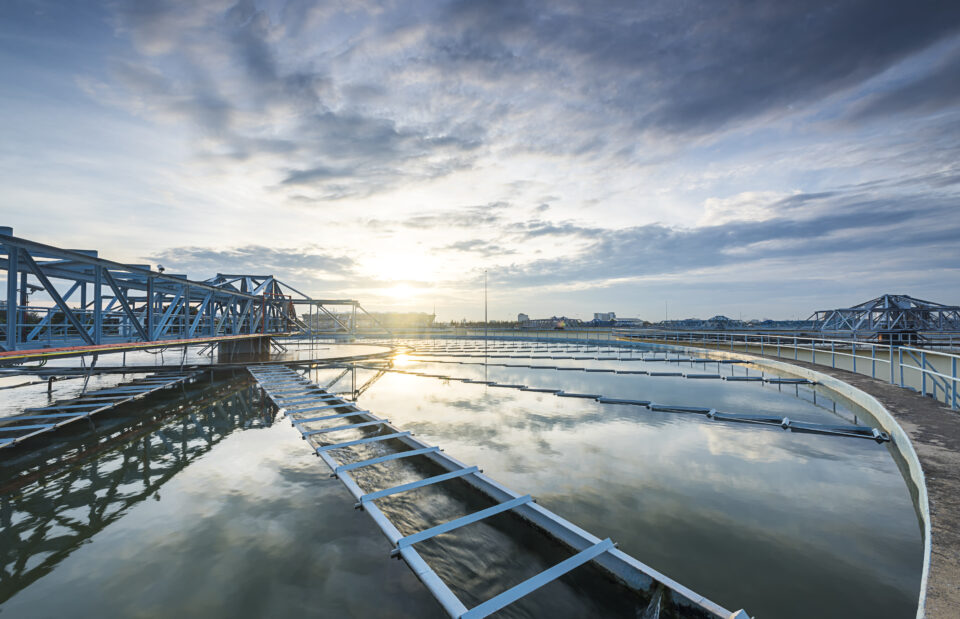Three water bylaws, now relegated to the background amidst budget sheet separation, water service plans, service delivery models, and price regulation, play a crucial role in supporting the objectives of the three waters strategy. By Jessie Williams-Shigeeda, Senior Consultant, Morrison Low.
Three water bylaws establish design standards, connection processes, network work protocols, service standards and obligations, contractor licensing, permit and management plans, and monitoring and sampling of discharges.
However, a significant number of these bylaws appear disconnected from their intended purposes, suggesting they were established and then neglected.
A comprehensive review of all three waters bylaws, from the Far North to deep Southland, revealed several issues.
The bylaws vary greatly in age, quality, local suitability, and water coverage. For instance, a stormwater bylaw was absent in fourteen of the twenty councils that constituted the original Entity D (covering most of the South Island).
Protection of drinking water sources was often a hollow reference with no information on catchment protection or restrictions. Within any one council’s bylaws, network projection rules were inconsistent and incoherent. Older bylaws were less likely to consider stormwater and environmental factors.
Information was challenging to locate if included in consolidated bylaws, and many councils had relevant policies or standards not referenced. Overly prescriptive rules dated the bylaws rather than allowing for easy updates throughout their five-to-12-year lifespan.
However, bylaws reviewed concurrently or those considering stormwater exhibited a higher level of integration and coherence, as well as a greater consideration for the environment.
Aligning bylaws with objectives
Review approaches that start with best practice three waters management are most effective and involve a clear scoping phase, reflection, identification of local needs, and community consultation. Exemplar councils prioritised environmental and infrastructural demands, asset management, and sustainable practices.
Balancing “smart growth” with environmental considerations resulted in a clear and integrated set of requirements. In one instance the council’s stated objectives were evaluated against recommendations to include industry contributions to wastewater, water meters as conservation tools, and address issues with stormwater flows entering the wastewater system.
Understanding the system
Rules do not exist in isolation. They form part of an integrated system, informed by council objectives and strategic plans and supported by standards and controls. To understand rule implementation and design for behavioural incentives in practice, using internal (e.g., resource consenting) and external (e.g., local plumbers and drainlayers) parties, the system needs to be front of mind.
Bylaws should be viewed as an ongoing “learning and adaptation” exercise. Investing in regulatory stewardship likely results in overall system performance.
This understanding is a crucial step in any planning process for three waters management and is not solely dependent on the form of delivery, or the signalled further reform legislation. Instead, bylaw review serves as a diagnostic entry point for a health check of sustainable water management.
The way forward
The exploration and scoping phase should include accessing the Department of Internal Affairs’ council information portal for work done since the reform period began.
What are the risks and pressure points? What are community and stakeholder values and expectations? What is the baseline state of the infrastructure, what investment is planned, and what growth is projected? These are all critical questions to consider.
When the focus shifts to design the challenge lies in creating incentives for desired behaviours and deterrents for negative behaviours. Rules should also be coherent and compliance-friendly.
Any rules that emerge must be appropriate, responsibly monitored, and enforced fairly. Understanding the system that supports compliance, including workflows and relationships, is crucial. When enforcement becomes necessary, these considerations will make the system defensible.
Time is a valuable asset. We are aware of one council that has initiated its review process more than a year in advance.
The council’s goal is to run a health check on its system and identify areas for improvement based on prioritised objectives. Like many councils nationwide, this council anticipates continued growth and see value in conducting the diagnoses now, irrespective of a future model.
Therefore, it is advisable to view bylaws not as a box-ticking exercise, or one to push down the line, but as an opportunity to conduct a health check on your system. Monitoring, learning and adaptation are the cornerstones of best practice for regulatory stewardship.


